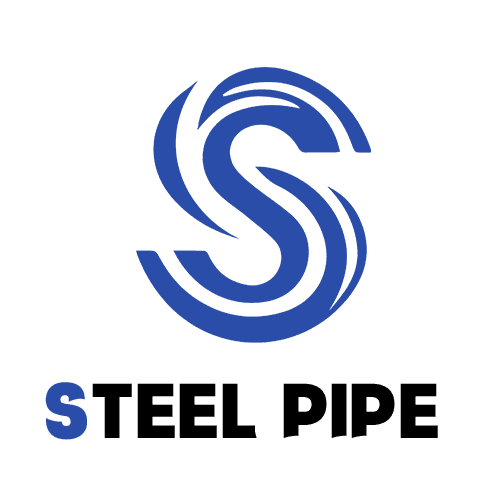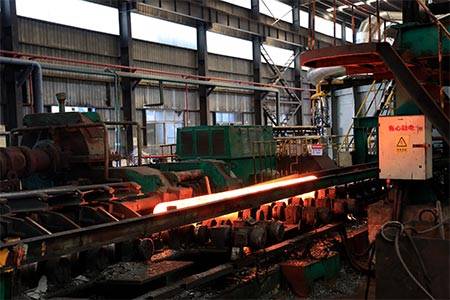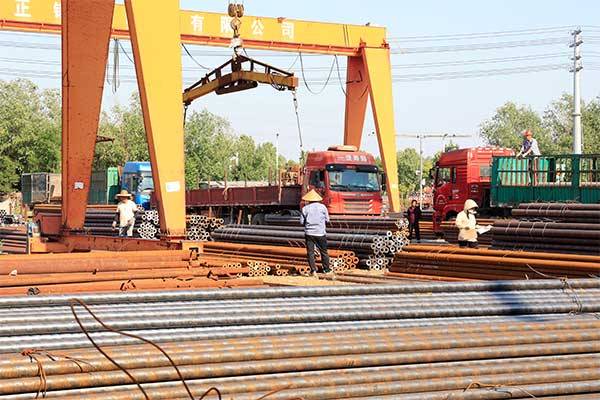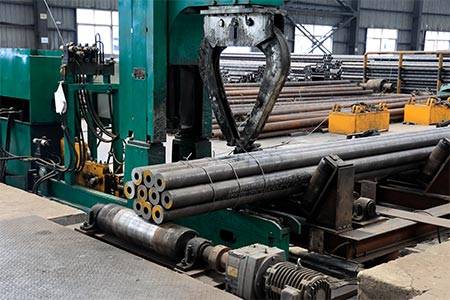Welcome to My Blog!
Before we dive into the content, I’d love for you to join me on my social media platforms where I share more insights, engage with the community, and post updates. Here’s how you can connect with me:
Facebook:https://www.facebook.com/profile.php?id=61559060896490
Now, let’s get started on our journey together. I hope you find the content here insightful, engaging, and valuable.
Introduction
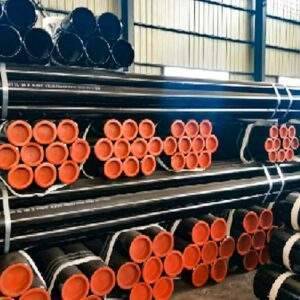
Seamless line pipe plays a crucial role in various industrial applications, offering unique advantages over traditional welded pipes. The seamless design provides improved strength, durability, and resistance to pressure, making it a preferred choice in demanding environments. In this blog, we will explore the top applications for seamless line pipe, highlighting its significance and benefits across multiple industries.
What is Seamless Line Pipe?
Seamless line pipe is a type of pipe that is produced without a seam or weld joint. The manufacturing process involves extruding solid round billets of steel, which are then heated and formed into pipe without any welding. This unique construction offers several advantages:
- Higher Pressure Tolerance: The absence of seams reduces the risk of failure under high pressure.
- Enhanced Corrosion Resistance: Seamless pipes often have a more uniform wall thickness, improving resistance to corrosion.
- Improved Structural Integrity: The seamless design contributes to better overall strength and reliability.
| Property | Seamless Line Pipe | Welded Line Pipe |
|---|---|---|
| Pressure Tolerance | High | Moderate |
| Corrosion Resistance | Superior | Good |
| Manufacturing Process | Extrusion | Welding |
| Wall Thickness Uniformity | Excellent | Variable |
Top Applications of Seamless Line Pipe
Oil and Gas Industry
Seamless line pipes are widely used in the oil and gas sector for transporting crude oil and natural gas. These pipes are essential in:
- Pipelines: Seamless line pipes are preferred for long-distance transportation due to their high strength and ability to withstand pressure fluctuations.
- Well Casings: In drilling operations, seamless pipes are used as casings to protect wells from external contamination and pressure.
Water and Wastewater Management
In water distribution and wastewater management, line pipes are crucial for:
- Water Supply Lines: Their durability and resistance to corrosion make them ideal for transporting potable water.
- Sewer Systems: Seamless pipes are used in sewer applications due to their ability to handle various waste materials without degradation.
Chemical Processing
The chemical industry relies heavily on seamless line pipes for transporting hazardous and corrosive materials. Key applications include:
- Chemical Pipelines: Line pipes can handle a wide range of chemicals, providing safety and reliability.
- Storage Tanks: Used in tanks and vessels, seamless pipes ensure structural integrity under high pressure and temperature conditions.
Construction and Infrastructure
Seamless line pipes are also essential in construction and infrastructure projects, including:
- Structural Support: Used as columns and beams, seamless pipes provide strength and stability to buildings.
- Scaffolding: The robust nature of seamless pipes makes them suitable for temporary structures during construction.
Automotive Industry
In the automotive sector, line pipes are utilized in various applications, such as:
- Exhaust Systems: Seamless pipes are preferred for exhaust systems due to their ability to withstand high temperatures and corrosive gases.
- Fuel Lines: Their resistance to pressure and corrosion ensures reliable fuel transport in vehicles.
HVAC Systems
Seamless line pipes are commonly found in heating, ventilation, and air conditioning (HVAC) systems for:
- Refrigerant Lines: Seamless pipes effectively transport refrigerants, maintaining efficiency and reducing the risk of leaks.
- Chilled Water Systems: Used in chilled water piping, seamless line pipes provide reliable thermal performance.
Power Generation
In power generation facilities, line pipes are crucial for:
- Steam Lines: Seamless pipes are used to transport steam at high pressures, ensuring efficiency in power plants.
- Cooling Water Systems: They are essential for cooling systems, maintaining the necessary temperature levels for efficient operation.
Advantages of Using Seamless Line Pipe
The advantages of line pipe are numerous, making it a preferred choice across various industries. Here are some key benefits:
High Strength and Durability
Seamless line pipes exhibit excellent mechanical properties, allowing them to withstand extreme conditions. This durability ensures long-lasting performance, reducing the need for frequent replacements.
Resistance to Corrosion and Wear
The seamless construction minimizes the risk of corrosion, especially in harsh environments. This resistance is vital for applications involving aggressive substances or varying temperatures.
Cost-Effectiveness
While seamless line pipes may have a higher initial cost compared to welded pipes, their longevity and reduced maintenance requirements can lead to lower overall expenses in the long run.
Enhanced Safety
The absence of weld seams reduces the risk of leaks and failures, enhancing safety in high-pressure applications. This factor is particularly crucial in the oil and gas industry, where safety is paramount.
Challenges in Seamless Line Pipe Manufacturing
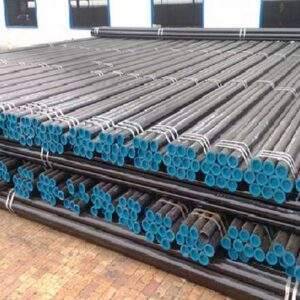
Despite the numerous advantages, there are challenges associated with the manufacturing of line pipes:
High Production Costs
The manufacturing process for seamless pipes can be more expensive than for welded pipes due to the equipment and technology required.
Limited Diameter Options
Line pipes are typically produced in smaller diameters compared to welded pipes, which may limit their application in certain industries.
Quality Control
Ensuring uniform quality and properties in seamless pipes is critical. Manufacturers must implement strict quality control measures to avoid defects.
Conclusion
Seamless line pipe is a vital component in various industries, providing strength, durability, and reliability. Its applications in oil and gas, water management, chemical processing, construction, automotive, HVAC systems, and power generation highlight its versatility and importance. Understanding the advantages and challenges of seamless line pipes can help industries make informed decisions about their material choices.
FAQ
What is the primary advantage of seamless line pipe over welded pipe?
The primary advantage of seamless line pipe is its ability to withstand higher pressure and provide enhanced durability due to the absence of weld seams.
In what industries is line pipe most commonly used?
Line pipe is commonly used in the oil and gas industry, water and wastewater management, chemical processing, construction, automotive, HVAC systems, and power generation.
How is seamless line pipe manufactured?
Seamless line pipe is manufactured by extruding solid round billets of steel and then heating and forming them into pipe without welding.
Are line pipes more expensive than welded pipes?
Yes, line pipes generally have a higher initial cost due to the manufacturing process, but they can be more cost-effective in the long run due to their durability and reduced maintenance needs.
Can seamless line pipe be used in high-temperature applications?
Yes, seamless line pipes are suitable for high-temperature applications, especially in industries like power generation and chemical processing.
